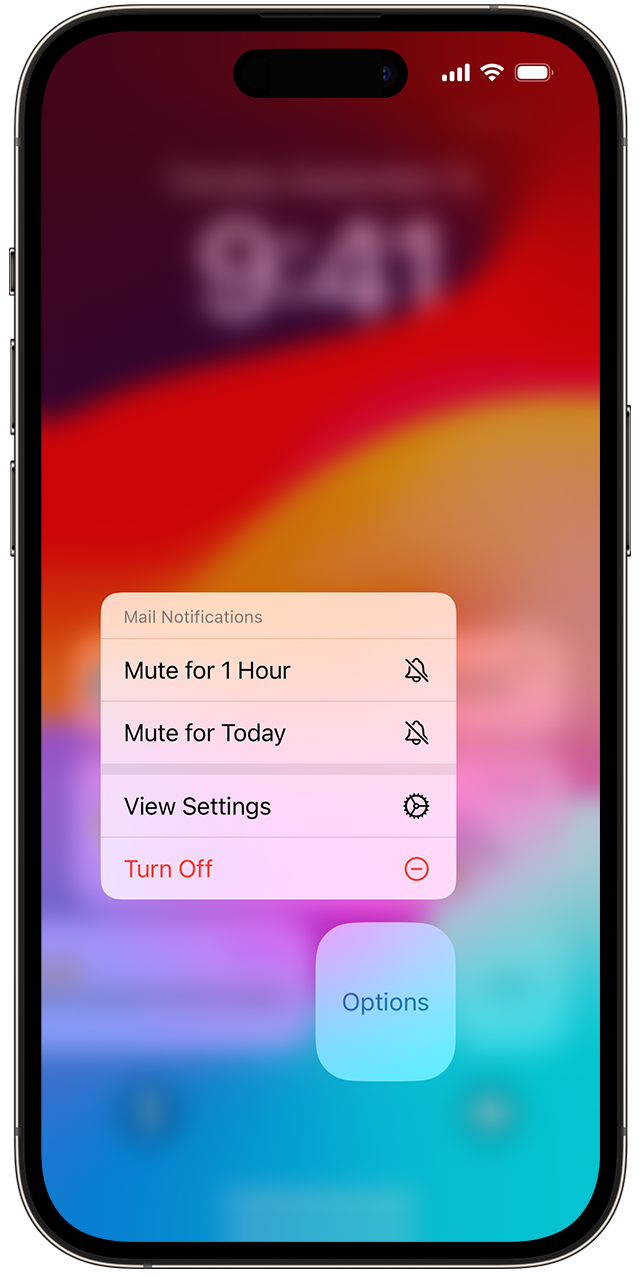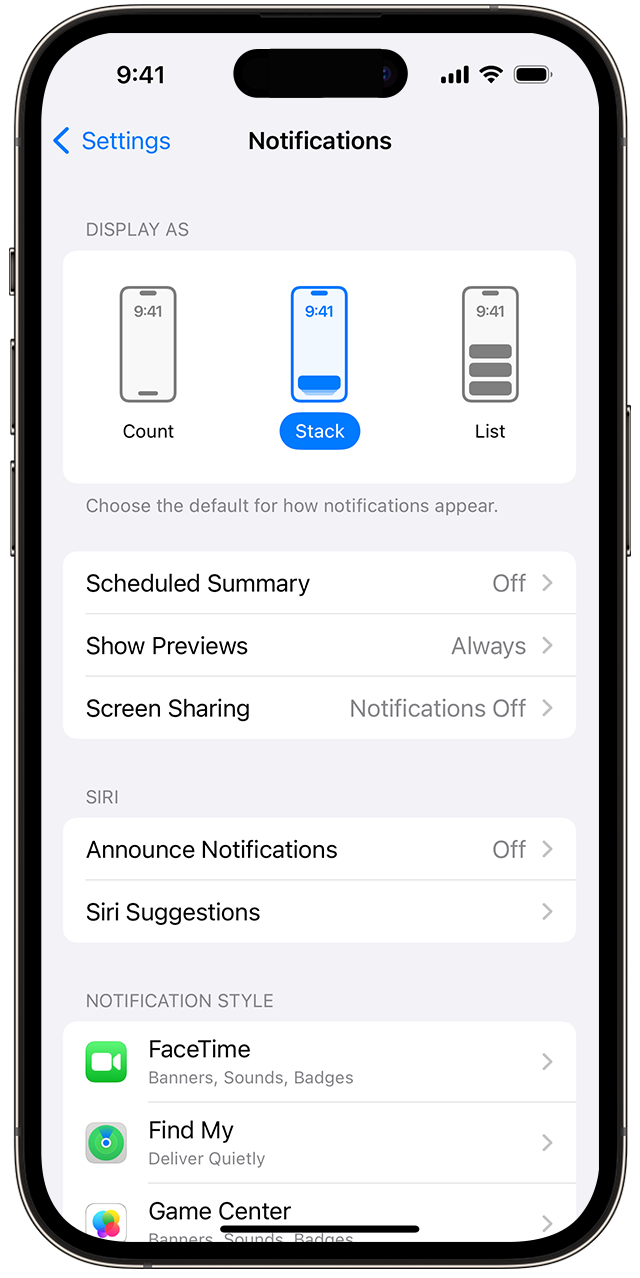Add our app to your home screen
Welcome to the Wairakei Primary School app. If you need help adding the app to your home screen, please select your device type below and following the simple steps to add the app to your phone and allow the app to send you notifications so you can keep up to date with your student and Wairakei Primary School information and events, in real time.
Step 1. Log into the Wairakei Primary School website
* You are required to log into the Wairakei Primary School website to confirm your identity as a student caregiver. Our school app is not available to the public for security reasons.
- Click on the menu icon (top right)
- Scroll down and click on the 'Login' button
- Enter your email address and password (If this is your first time logging in to the Wairakei Primary School website, click on the 'I've lost my password' link and follow the prompts)
Step 2. Add the Wairakei Primary School app to your home screen (as an app tile)
- Go to the 'Reminders' page and click on the 'Add to home screen' button
- If you can't see the 'Add to home screen' button, then open your mobile browsers' menu and select 'Add to home screen'. (For Chrome - Click on the 3 vertical dots at the top right of your device screen and then select 'Add to home screen'. For Firefox - Click on the 3 vertical dots at the bottom right of your device screen and then select 'Add to home screen')
Step 3. Enable notifications
* We ask you to 'enable notifications' as this is a privacy requirement.
- Open the app and ensure you are signed in
- Go to the 'Notifications' page by clicking on the 'Notifications' (bell) icon
- Click the 'Allow notifications' button
- You will then see a pop-up notification. Click 'Allow' on this pop-up to confirm you would like to receive notifications from the school app to this device
Step 1. Log into the Wairakei Primary School website
* You are required to log into the Wairakei Primary School website to confirm your identity as a student caregiver. Our school app is not available to the public for security reasons.
- Click on the menu icon (top right)
- Scroll down and click on the 'Login' button
- Enter your email address and password (If this is your first time logging in to the Wairakei Primary School website, click on the 'I've lost my password' link and follow the prompts)
Step 2. Add the Wairakei Primary School app to your home screen
- From your iPhone or iPad and using Safari as your website browser, ensure you are on the Wairakei Primary School website and you are logged in as instructed above.
- Click the 'Share this' button (box with upward facing arrow, this will be at the bottom of your phone screen in the middle) and scroll to select the 'Add to home screen' button (this will say 'Add to home screen' and will have an icon box with a plus inside).
- A new screen will appear that will ask you to add the app to your home screen. Click 'Add' at the top right of this screen.
You should now see the Wairakei Primary School app tile on your iPhone or iPad home screen.
Step 3. Enable notifications
* We ask you to 'enable notifications' as this is a privacy requirement.
- Open the app and ensure you are signed in
- Go to the 'Notifications' page by clicking on the 'Notifications' (bell) icon
- Click the 'Allow notifications' button (If you can't see the button to allow notifications, make sure your device meets the below requirements: Your device must be on iOS or iPadOS 16.4+ and ensure the app is saved onto your home screen using Safari)
- You will then see a pop-up notification. Click 'Allow' on this pop-up to confirm you would like to receive notifications from the school app to this device
Troubleshooting
Troubleshooting on Apple devices
To manage your notifications from the Lock Screen or Notification Centre:
-
Swipe left over an alert or group of alerts.
-
Tap Options, then select from these options:
-
Mute for 1 Hour
-
Mute for Today
-
View Settings
-
Turn Off
-

You can also tap View Settings to change your alert styles or alert settings for a specific app.
-
Go to Settings > Notifications.
-
Under Display As, choose how you want notifications to appear on the Lock Screen:
-
Count: Displays the total number of notifications at the bottom of the screen. You can tap the count to see notifications.
-
Stack: Displays notifications stacked at the bottom of the screen, with the most recent notification at the top.
-
List: Displays notifications in a list.

-
You’ll need iOS 16 or later to change how your notifications appear.
-
Go to Settings and tap Notifications.
-
Select an app under Notification Style.
-
Under Alerts, choose the alert style that you want. If you turn on Allow Notifications, you can choose when you want the notifications to be delivered — immediately or in the scheduled notification summary.
When you turn on badges, certain app icons can display information. If you turn on badges for Mail, for example, the number of unread emails in your inbox will appear above the Mail icon on your Home Screen.
With iOS 15 and iPadOS 15 or later, you can turn on Critical Alerts for supported apps so notifications come through even if your iPhone is muted or you've set up a Focus.
-
Go to Settings > Notifications, then tap Siri Suggestions.
-
Turn off any app.
-
Go to Settings > Notifications and select an app.
-
Tap Show Previews and choose an option.
Troubleshooting on Android devices
Important: Settings can vary by phone. For more info, contact your device manufacturer.
- Open your device's Settings app.
- Tap Notifications
Notifications on lock screen.
- Choose your notification defaults:
- Show conversation, default, and silent
- Hide silent conversations and notifications
- Don't show any notifications
- To update more notification preferences, under "General," turn notifications on or off:
- Hide silent notifications in status bar
- Allow notification snoozing
- Notification dot on app icon
- Enhanced notifications
- Choose your notification defaults:
Option 1: In your Settings app
- Open your device's Settings app.
- Tap Notifications
App settings.
- Under "Most recent," find apps that recently sent you notifications.
- To find more apps, in the dropdown menu, tap All apps.
- Tap the app.
- Turn the app's notifications on or off.
- You can turn off all notifications for a listed app or choose from specific categories.
Tip: If you don't see "Recently sent," you're using an older Android version. Instead, tap App notifications and tap an app. You can turn notifications, notification dots, and notification categories on or off. If an app has categories, you can tap a category for more options.
Option 2: On a notification
- To find your notifications, from the top of your screen, swipe down.
- Touch and hold the notification, and then tap Settings
.
- Choose your settings:
- To turn off all notifications, turn off All notifications.
- Turn on or off notifications you want to receive.
- To allow notification dots, turn on Allow notification dot.
Option 3: In the certain app
You can control many app notifications from a settings menu in the app. For example, an app could have a setting to choose the sound that app's notifications make. To make these changes, open the app and search for the settings menu.
- Open your device's Settings app.
- Tap Notifications.
- Turn Notification dot on app icon on or off.
On some Android devices, you can choose what kind of notifications an app sends you:
- Alerting: You'll hear a sound, get a message on your lock screen, and find the app's icon in the status bar.
- Silent: Your phone won't make a sound or vibrate. But the notification will show up when you swipe down from the top of your screen.
Option 1: In your Settings app
- Open your phone's Settings app.
- Tap Apps & notifications
Notifications.
- Under “Recently Sent,” tap an app.
- Tap a type of notification.
- Choose your options:
- Choose Alerting or Silent.
- To see a banner for alerting notifications when your phone is unlocked, turn on Pop on screen.
- If you chose “Silent,” you can turn Minimize on or off.
Option 2: On a notification
- After you swipe down from the top of your screen, drag the notification slightly right or left. Then tap Settings
.
- Tap Alerting or Silent
Apply.
Option 1: Don't show any notifications
- Open your phone's Settings app.
- Tap Apps & notifications
Notifications.
- Under "Lock screen," tap Notifications on lock screen or On lock screen.
- Choose Don't show notifications.
Important: If you pick this option as your default, the setting applies to all apps. To block notifications from certain apps only, .
Option 2: Show all notifications
- Open your phone's Settings app.
- Tap Apps & notifications
Notifications.
- Under "Lock screen," tap Notifications on lock screen or On lock screen.
- Choose Show alerting and silent notifications.
- On some phones, choose Show all notification content.
Tip: If you pick this option as your default, you can still restrict certain apps on your lock screen. You can have certain apps "Hide sensitive notification content" or "Don't show notifications at all" on your lock screen. Learn how to change notifications by app.
Option 3: Hide silent notifications on your lock screen
- Open your device's Settings app.
- Tap Notifications.
- Under "Privacy," turn Sensitive notifications on or off.
Option 4: Hide sensitive content from notifications on your lock screen
- Open your phone's Settings app.
- Tap App & notifications
Notifications.
- Under "Lock screen," turn off Sensitive notifications.
